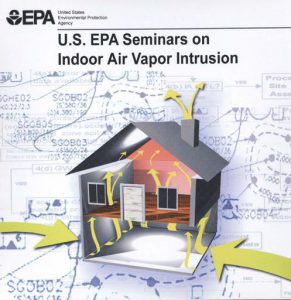VENTILATION – HOW MUCH IS NECESSARY ?
INTRODUCTION
Adequate ventilation is a key factor in achieving indoor air quality (IAQ).Our goal is to remove particulates and VOCs from our indoor environment. We can achieve this goal through ventilation, through portable air cleaners or a combination of both. The proper balance between the two will depend on our specific situation.
A brand new home will have been designed to meet local building standards, which in most places specify ventilation requirements. Since new buildings are designed mostly for energy savings they are typically built to minimize energy losses and are therefore tightly insulated, minimizing air infiltration. But new buildings make use of synthetic materials that introduce new contaminants such as volatile organic compounds (VOC) s.
So, if you have a brand new home you cannot assume that you have good indoor air quality. On the other hand, if you live in an older home you probably have a large outside air infiltration. Depending on your location, this air infiltration may carry pollutants which you must remove along with the pollutants created indoors from normal living. Furthermore, your older air ventilation system, if any, may not be adequate.
In this article we will examine common sense approaches for improving indoor air quality. Continue reading “VENTILATION- HOW MUCH IS NECESSARY?”



